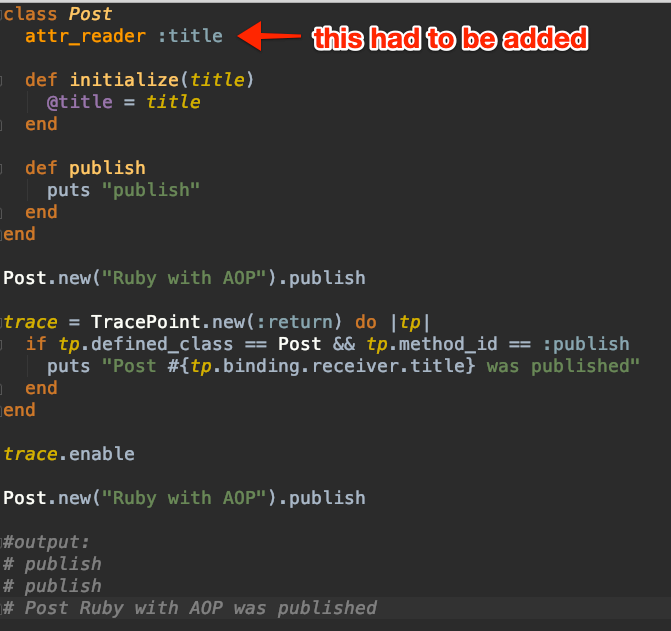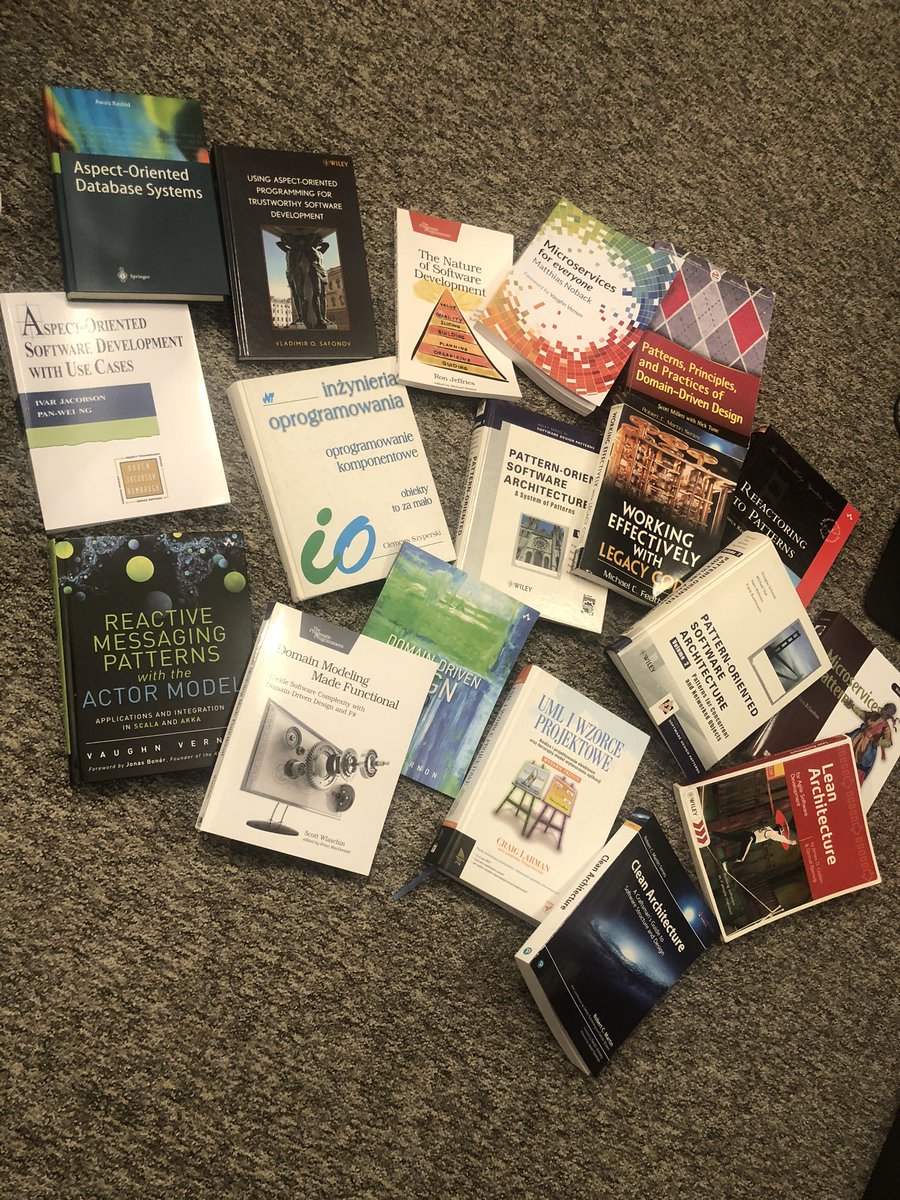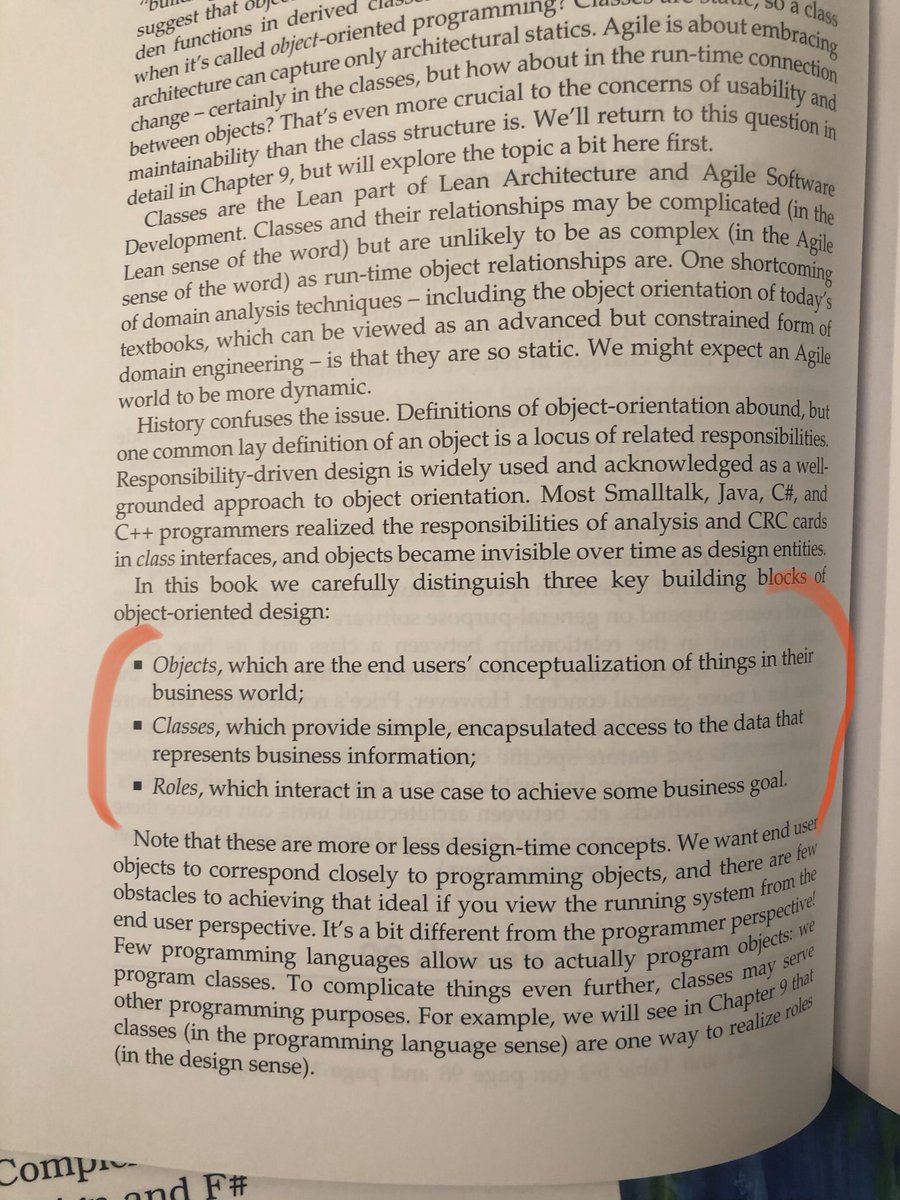
1. App layer vs domain layer
Assume that controllers and service objects are app layer (a bit simplification here, but bear with me).
Service objects can never call each other. They are the application facade.
Assume that controllers and service objects are app layer (a bit simplification here, but bear with me).
Service objects can never call each other. They are the application facade.
2. App layer modularisation is based on what "apps" you have
Usually you have some public facing app, admin panel, mobile API, some integrations.
Those are good candidates for "modules" at the app layer. Don't confuse it with domain layer.
Usually you have some public facing app, admin panel, mobile API, some integrations.
Those are good candidates for "modules" at the app layer. Don't confuse it with domain layer.
3. App layer has different modularisation than domain layer
This is the biggest trap I've seen in Rails apps.
Trying to have one dominant modularisation, glueing app layer and domain layer.
This is the biggest trap I've seen in Rails apps.
Trying to have one dominant modularisation, glueing app layer and domain layer.
4. Have a clear domain interface
I like to use commands as the domain interface. Simple data structures, smallest possible - which reflect the intent of what needs to be changes in a specific domain module
I like to use commands as the domain interface. Simple data structures, smallest possible - which reflect the intent of what needs to be changes in a specific domain module
5. Domain modules are your business departments
If you know #domaindrivendesign you know what I mean. Those are bounded contexts.
It's actually more common than not, that many projects have almost the same domain modules. We all have prices in our apps, invoices, inventory etc
If you know #domaindrivendesign you know what I mean. Those are bounded contexts.
It's actually more common than not, that many projects have almost the same domain modules. We all have prices in our apps, invoices, inventory etc
6. Denormalize your view data with read models
In Rails apps this is the biggest win usually.
But it's also the hardest one to convince people to.
But this is where you gain most in terms of performance.
Also, this allows clear testable view modules.
In Rails apps this is the biggest win usually.
But it's also the hardest one to convince people to.
But this is where you gain most in terms of performance.
Also, this allows clear testable view modules.
7. Domain modules output is events
Events are simple data structures.
This is what has happened.
Events are simple data structures.
This is what has happened.
8. Processes coordinate domains
Domains alone can't do much. They are too specific.
Processes are the thing that coordinates them.
Processes are like business checklists.
When A, B, C happens do X.
Where A,B,C are events and X is a command.
Domains alone can't do much. They are too specific.
Processes are the thing that coordinates them.
Processes are like business checklists.
When A, B, C happens do X.
Where A,B,C are events and X is a command.
9. This architecture allows for real unit testing
This is where Rails apps struggle.
There is no modularisation.
So devs treat each class as a unit.
Which is wrong.
This is where Rails apps struggle.
There is no modularisation.
So devs treat each class as a unit.
Which is wrong.
9+
This architecture puts clear rules on the modules.
App layer turns params into commands.
Domain modules turn commands into events.
Processes turn events into commands.
Read modeles turn events into data.
This architecture puts clear rules on the modules.
App layer turns params into commands.
Domain modules turn commands into events.
Processes turn events into commands.
Read modeles turn events into data.
10. Audit log
If every change is captured as an event, then we have an audit log for free.
Debugging with such audit logs is much easier.
If every change is captured as an event, then we have an audit log for free.
Debugging with such audit logs is much easier.
11. Event Sourcing (optional)
Instead of persisting your objects with their last state, we can build our objects from events.
#eventsourcing does take some time to master, though.
Instead of persisting your objects with their last state, we can build our objects from events.
#eventsourcing does take some time to master, though.
Thanks for reading, follow me on @andrzejkrzywda
• • •
Missing some Tweet in this thread? You can try to
force a refresh
















